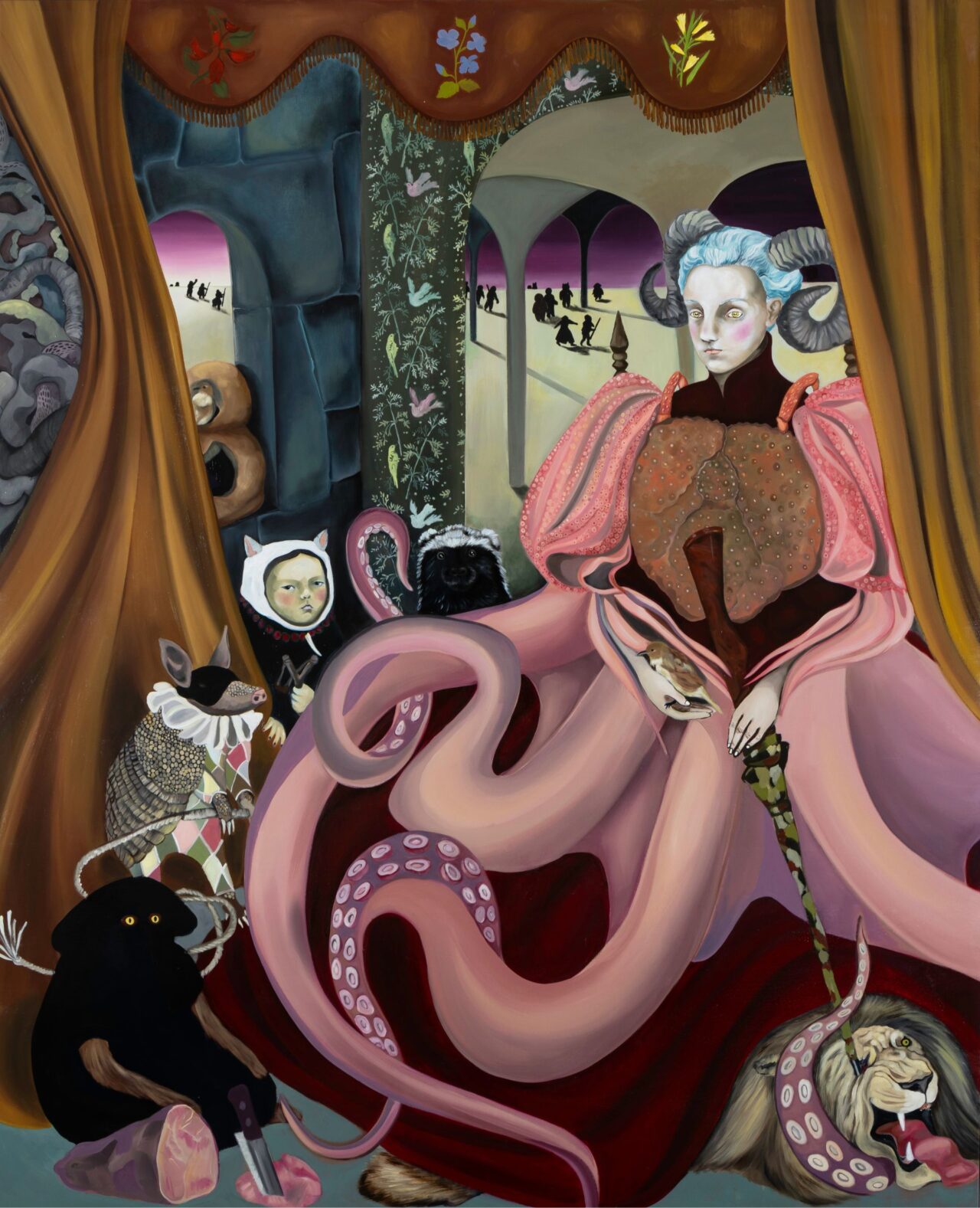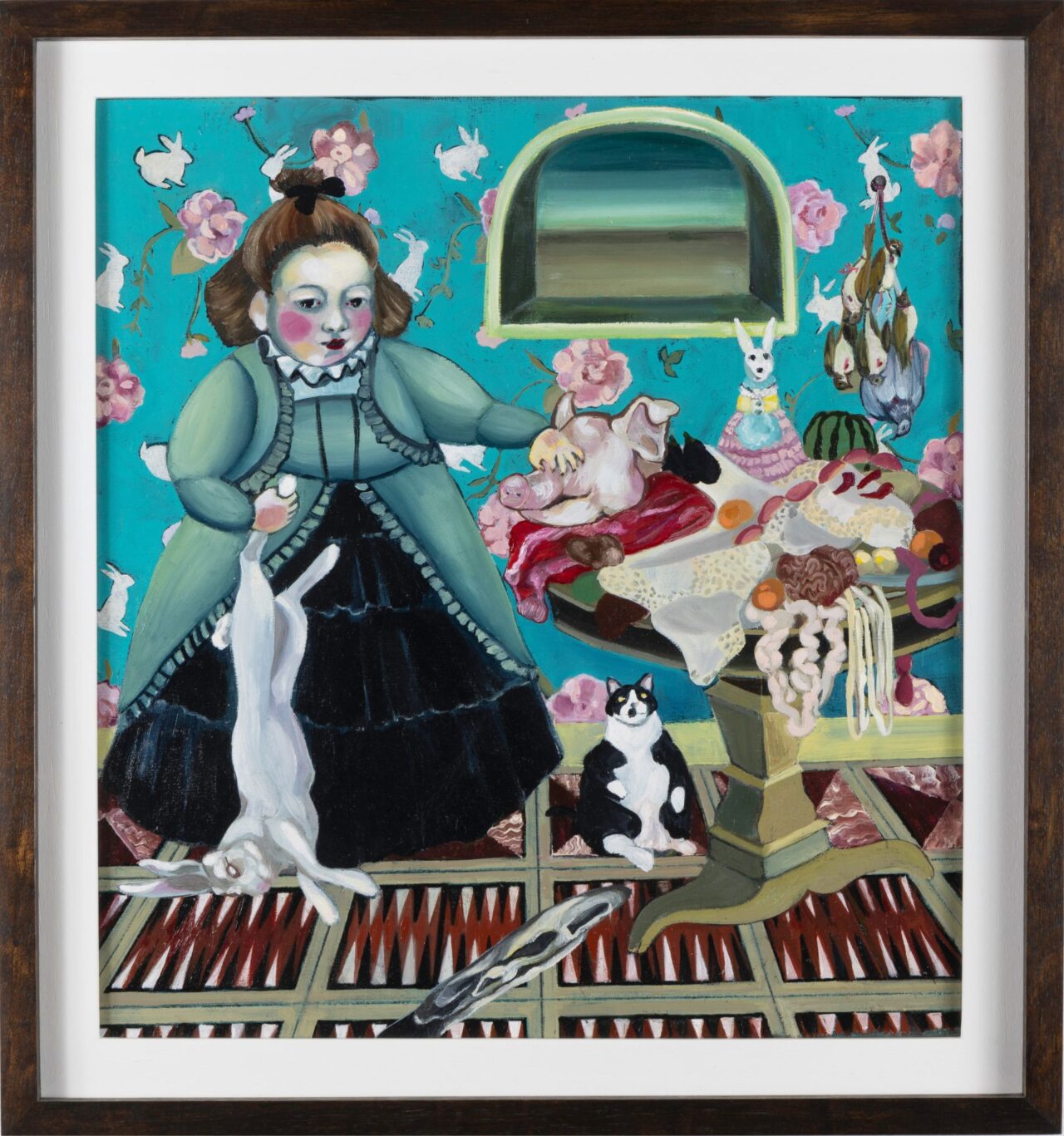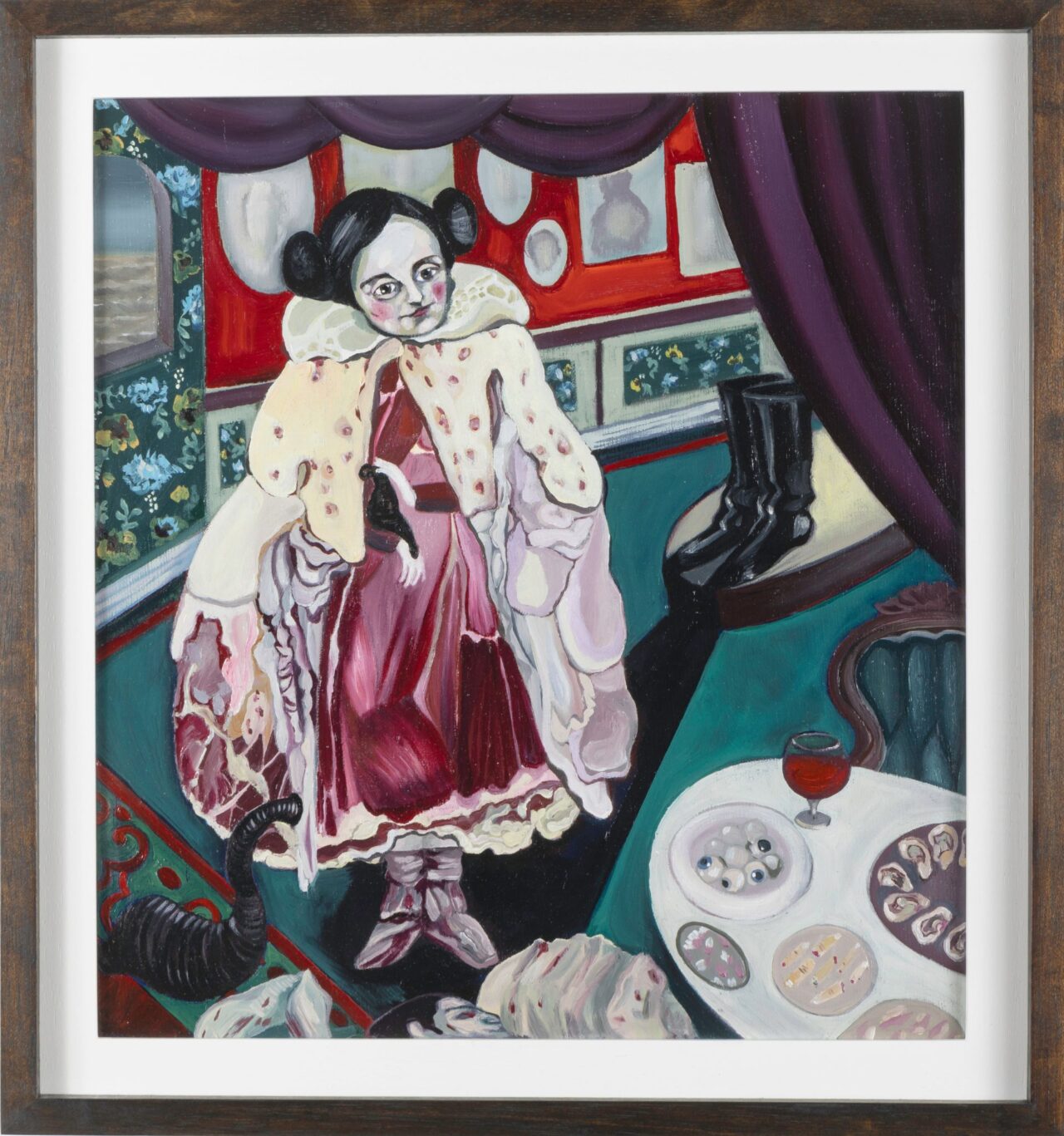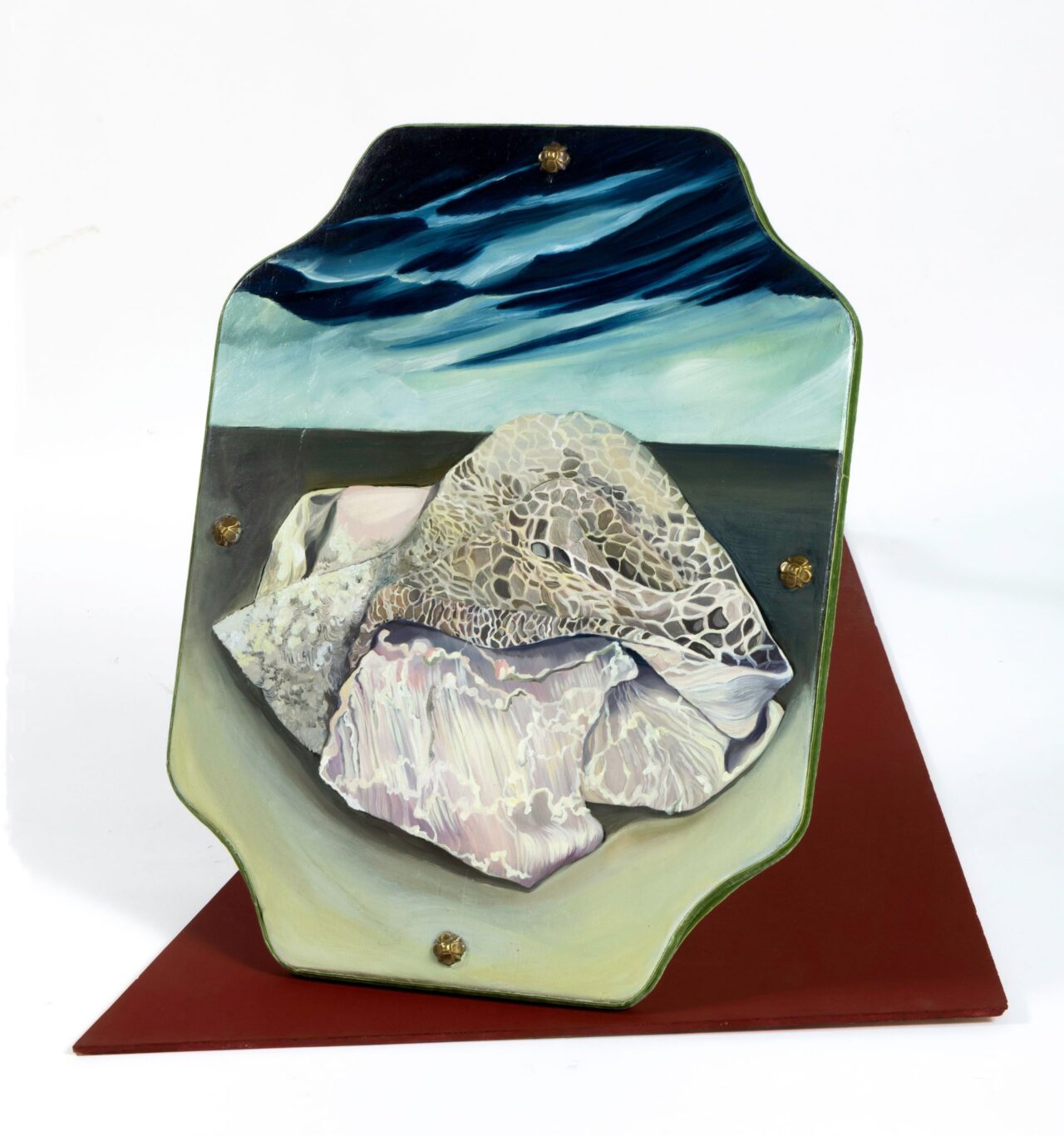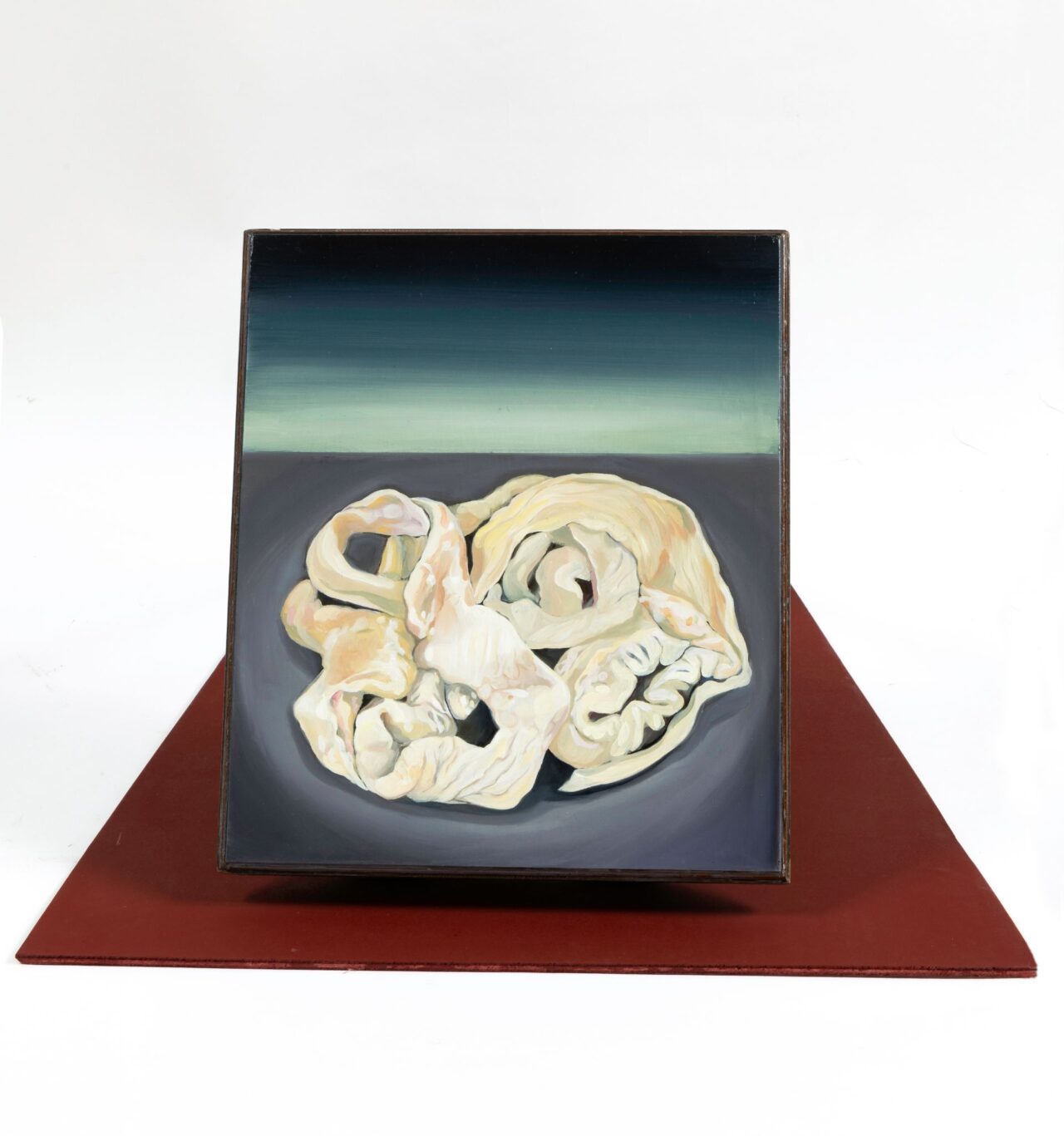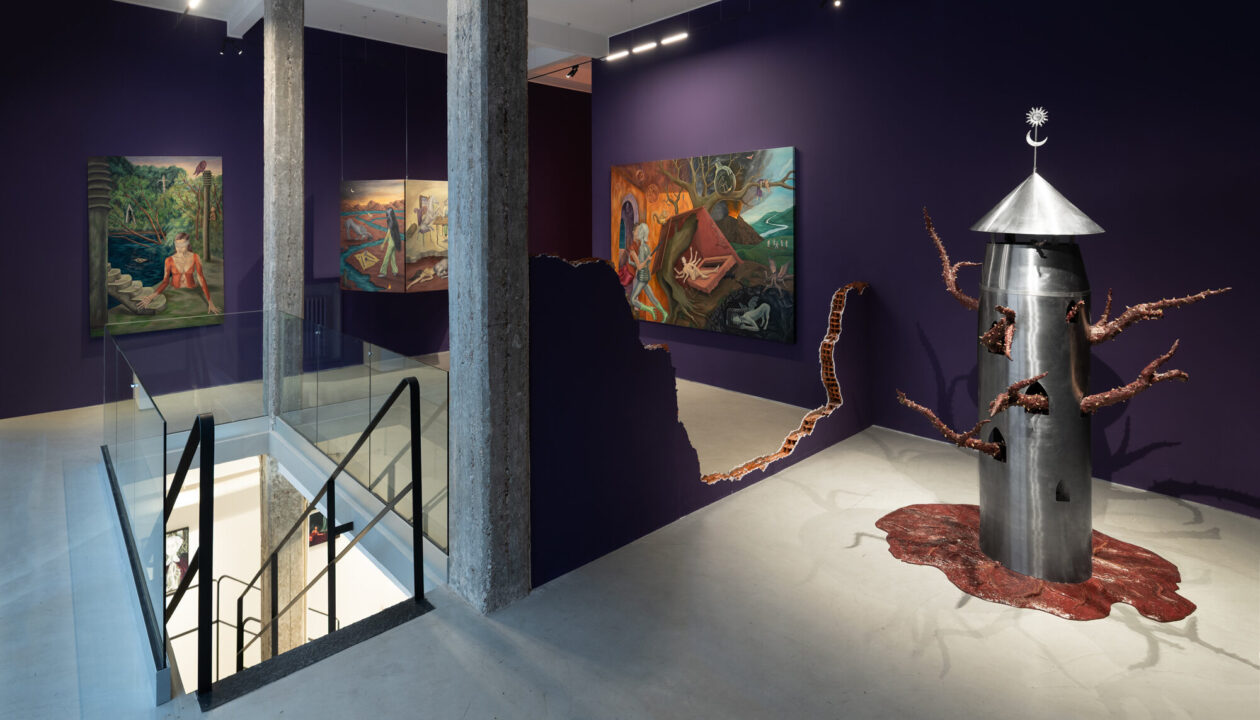Buenos Aires
Las vestiduras peligrosas
GÓMEZ /
Curator
Text by Juan Cruz Pedroni
Aug. 15, 2024 — Nov. 7, 2024
About exhibition
1. It has been said more than once: allegory is far from being merely a rhetorical device; it is, above all, a cognitive instrument. Manuals define the figure as a chain of metaphors: the key to its function lies in the stubborn tendency to replace a true thing with an apparent one and in the conviction that the true meaning thus withdraws to a more or less hidden plane, which remains behind the surface. This methodology is based on one condition: it is assumed that things—at least those created in the symbolic realm—carry a certain yet abstruse meaning that can be retrieved from its essential obscurity if one possesses the correct reading key. It is rare for contemporary artists to adopt this interpretative device as an effective matrix for producing their work. The commonplace belief in polysemy in visual education or the excessive weight that the mandate to embrace uncertainty has projected from so-called critical thinking onto artistic imagination may have contributed to a playful knowledge, connected simultaneously to the calculation of analogy and the exact amusement of encyclopedias, losing the ground it once held for centuries in the cultural history of artistic images.
2.
Although born in poetry, the tradition of allegoresis or allegorical exegesis soon arrived at the art of producing and deciphering images, reaching its peak with the iconographic production of the Baroque period. After the advent of the avant-garde, anyone who dares to ask what an art image means risks being censured as naïve for ignoring that it is, in fact, an open entity lacking a singular underlying meaning. This consensus may have been punctured by specific experiences, such as the emergence, particularly in drawing and engraving, of some satirical expressions on political themes in the 1980s and 1990s, but the interruption did not lead to the formation of a new reading protocol. Contrary to the viewing habits agreed upon by an era, the behavior that Verónica Gómez’s works in Las vestiduras peligrosas ask of the viewer is none other than that of allegoresis: it is about deciphering the hidden meaning in each of the significant moments folded into the image and arriving at the piece’s total meaning through that additive path. When faced with this series, asking what each of the represented motifs means is not only correct but desirable.
3.

